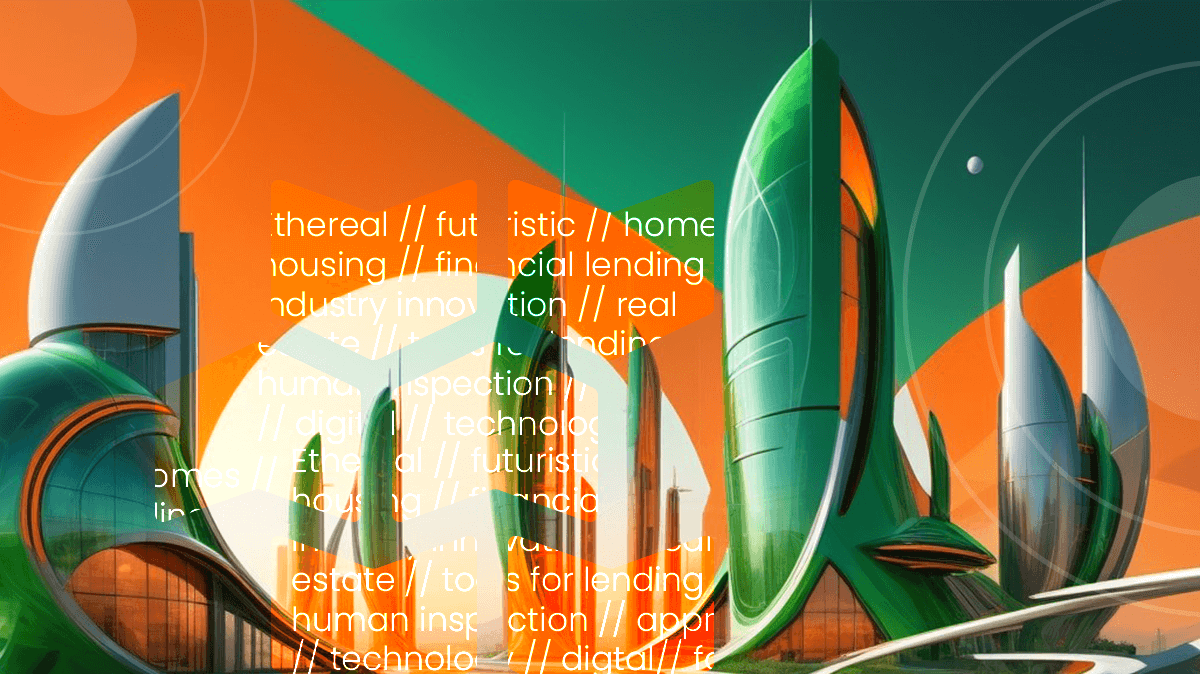Drawing the Digital Line: California’s Bold Move to Watermark AI and Protect Reality
Feb 16, 2024
By Vin Vomero, CEO FoxyAI
I’ve been talking about this topic a lot recently.
I spoke about it at the @Collateral Risk Network meeting at the end of November and most recently, on the @ICE webinar about AI in valuations.
The real estate industry must come together to create rules and ethics around the disclosure of AI-generated content and altered imagery. An important step is requiring watermarking or other easy-to-implement solutions to easily detect this content. It’s great to see California starting to take a look at this issue.
California lawmakers are proposing various plans to mandate watermarks on AI-generated content. This move aims to enhance transparency and combat the misuse of technology in critical areas such as political campaigns and financial markets. With at least five legislators exploring different approaches, the goal is to ensure the public can distinguish between human and machine-generated content, thereby safeguarding the integrity of information that shapes our society and economy.
California’s initiative mirrors efforts like the European Union’s AI Act, seeking to prevent disinformation and set a precedent for responsible AI usage globally. By requiring watermarks and provenance data, California aims to foster an environment where AI’s innovative potential is harnessed ethically, ensuring the digital frontier remains a space of trust and authenticity.
At FoxyAI, we’ve been exploring several potential approaches to watermarking. Image watermarking involves embedding a unique signature directly into the pixels of an AI-generated image. These signatures are invisible to the human eye and do not degrade image quality. They remain detectable even after image modifications like compression, color filtering, brightness adjustments, cropping, rotating, and resizing. Google DeepMind recently released SynthID, an image and sound watermarking tool integrated with their AI image generation model, ImageGen. Several open-source solutions, such as “Invisible Watermark” and “Blind Watermark,” achieve similar results.
Text watermarking requires generating a specific sentence style, structure, and formatting. While this offers a level of distinction, it falls short in robustness and is susceptible to manipulation. An alternative approach is simply appending a disclosure like, “This text was generated with the help of AI and checked by a person.”, to the generated description.
These approaches utilize various technical algorithms, ranging from encoder-decoder neural networks to discrete wavelet and cosine transforms. While not flawless, these methods represent a significant step in the right direction and directly apply to AI-generated real estate content.
Whether it’s broader legislation or industry-specific rules, the real estate community should consider how to handle the editing and altering of images in real estate before we have a more significant problem.
 Back to Insights
Back to Insights


